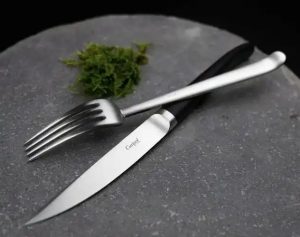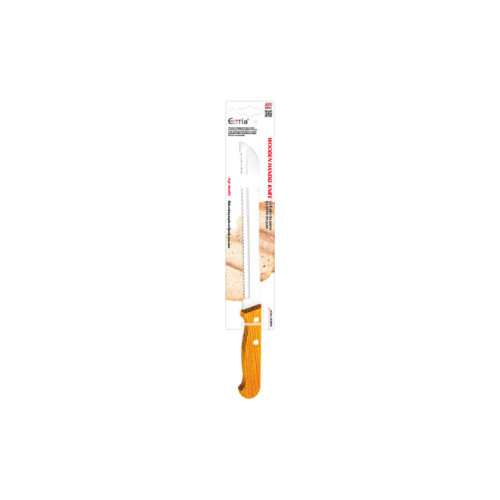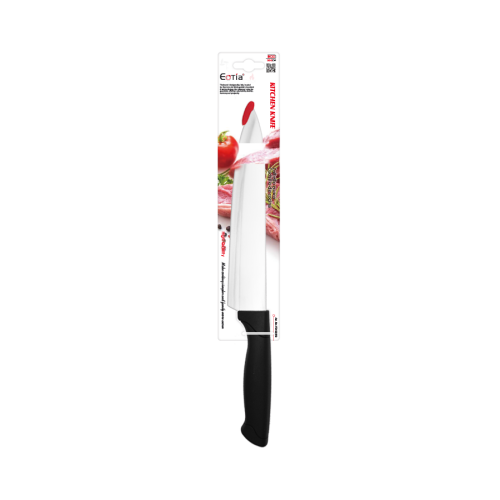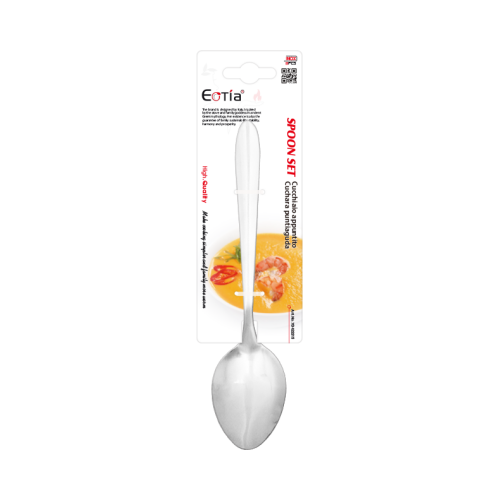When it comes to dining etiquette, the British have a distinct set of customs, particularly in how they use their cutlery. Whether you’re attending a formal dinner or enjoying a casual meal, understanding these habits can help you blend in seamlessly. Here’s a look at how the British typically use their knives, forks, and other utensils.

The “Continental” vs. “British” Style
The British traditionally use the “zig-zag” method when eating with a knife and fork:
– The fork is held in the left hand (tines facing downward), while the knife is held in the right hand.
– Food is cut one piece at a time, then the fork is used to lift the food to the mouth—without switching hands.
This differs from the American style, where the fork is often switched to the right hand after cutting.
Formal Dining: The “Outside-In” Rule
At formal dinners, multiple utensils may be laid out. The British follow the outside-in” rule:
– Start with the outermost cutlery for the first course (e.g., a salad fork or soup spoon).
– Work your way inward as each course arrives.
The “Fork Tines Down” Tradition
Unlike Americans, who sometimes scoop food with the fork tines up, the British keep the fork tines facing downward when eating. This is seen as more refined, especially when eating peas or other small foods.
The Knife as a Guide
The knife isn’t just for cutting—it’s also used to:
– Push food onto the fork.
– Scoop gravy or sauce onto the back of the fork.
Resting Utensils: The “I’m Not Finished” Signal
If taking a break during a meal, Brits place their knife and fork in the “resting position”:
– Fork at 8 o’clock, knife at 4 o’clock (blade facing inward).
– Crossing them (fork over knife) in the center signals “I’m finished.”
Fish Knives & Butter Spreaders
In formal settings, specialized utensils may appear:
– A fish knife with a wide, flat blade is used for delicate fish dishes.
– A butter knife smaller and round-tipped is for spreading butter, never for cutting.
Tea Time & Dessert Etiquette
Afternoon tea: A small fork or fingers are used for cakes and scones (never a knife to cut scones—they should be broken by hand).



